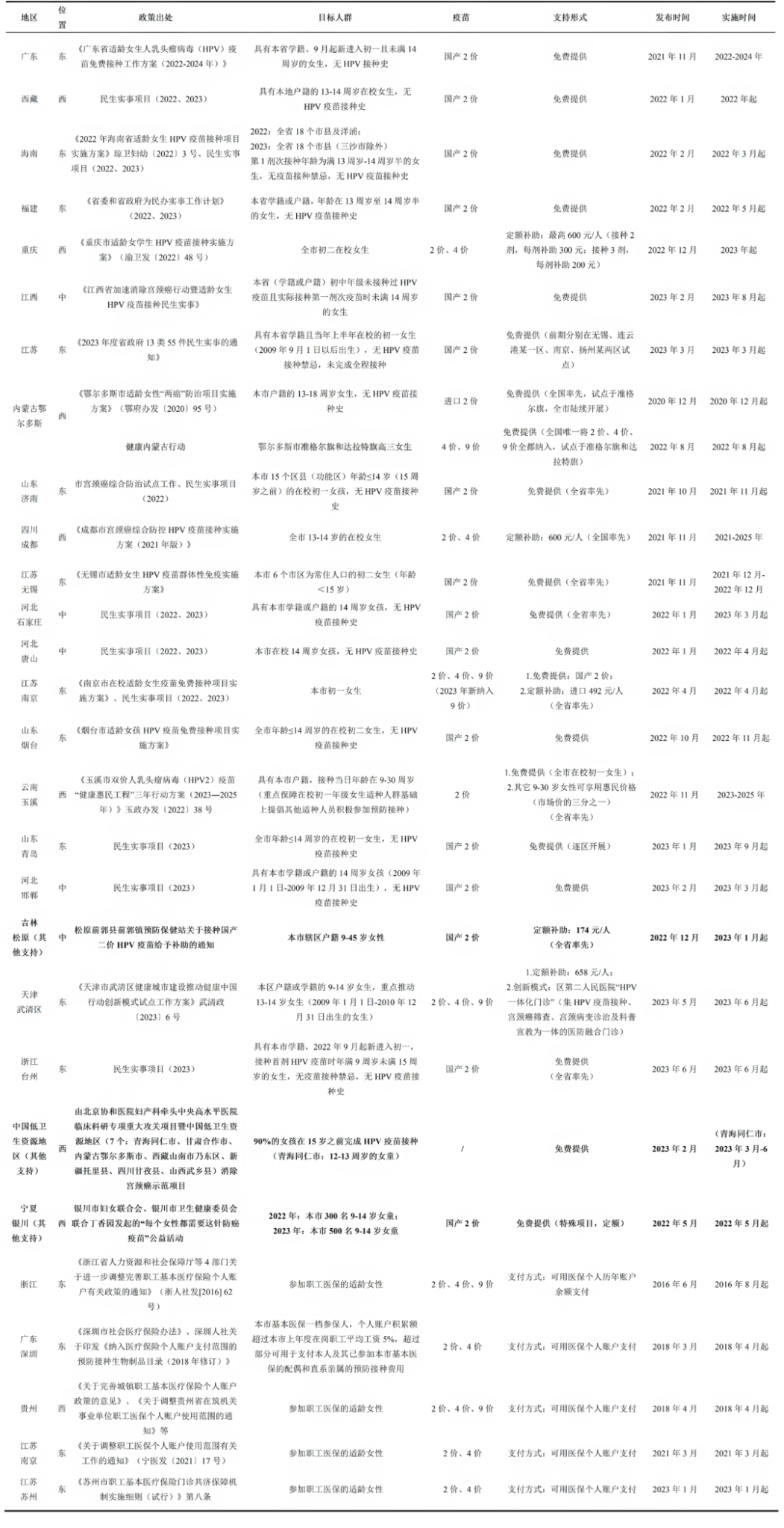This study from the Beijing Center for Disease Prevention and Control and the Beijing Research Center for Respiratory Infectious Diseases was published in Vaccine. In 2022, 2,333 healthy children under five from four sites in Hainan Province yielded 737 pneumococcal isolates. Grouped by individual PCV13 vaccination status and regional coverage, analyses showed significantly lower carriage of vaccine-type serotypes among vaccinated children (e.g., 6B: 7.0% vs 2.7%, P<0.01; 6A: 4.2% vs 1.2%, P<0.05; 23F: 2.2% vs 0.3%, P<0.05). Overall Spn non-susceptibility was high to erythromycin (92.3%), azithromycin (87.5%), clindamycin (81.2%), tetracycline (91.2%), penicillin (38.9%), and cefuroxime (64.7%), with 82.9% of isolates being multidrug-resistant (notably 92.4% among vaccine-type strains). Isolates from high-coverage areas exhibited lower resistance and MDR than those from low-coverage areas, indicating that expanding PCV13 coverage could reduce vaccine-type carriage and the community resistance burden.
Association between influenza vaccination during pregnancy from 2012 to 2022 and demographic characteristics and preterm birth outcomes in Shanghai
This study, jointly conducted by Prof. Hong Jiang’s team from Fudan University and the Shanghai Municipal Center for Disease Control and Prevention, was published in the Journal of Clinical Pediatrics. Using data from the Shanghai Birth Medical Information System (2012–2022), the researchers analyzed trends and determinants of influenza vaccination among pregnant women and its association with preterm birth.The Study found that multiple sociodemographic factors are significantly associated with influenza vaccination behavior among pregnant women in Shanghai between 2012 and 2022, and influenza vaccination during pregnancy may be related to a reduced risk of preterm birth. It is recommended to further strengthen public education and service support, continuously promote vaccination efforts, and effectively safeguard maternal and infant health.





